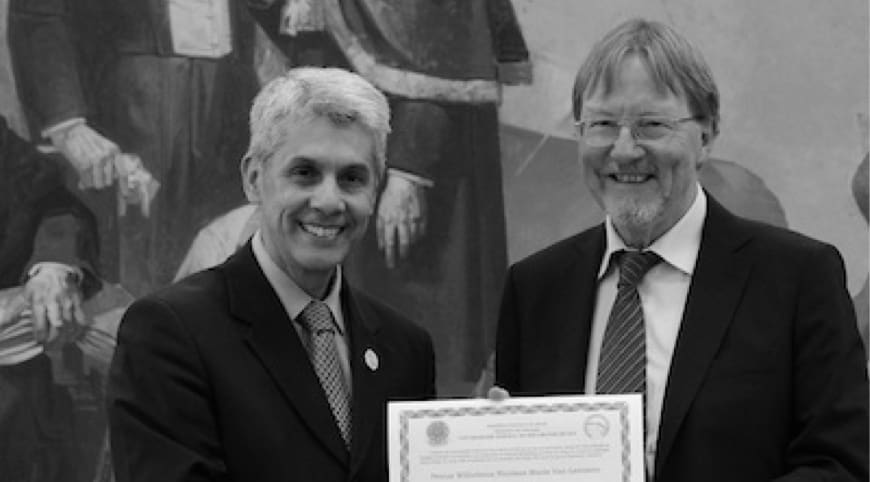Phosphine-stabilized ruthenium nanoparticles: The effect of the nature of the ligand in catalysis
Various ligands not forming monometallic complexes were used for Ru nanoparticle stabilization, enabling the control of size, shape, and electronic properties. HRMAS NMR spectroscopy allowed us to study surface-bound molecules, evidencing ligand hydrogenation and decomposition of THFduring the RuNP synthesis. Catalysis studies underscore the importance of the nature of the ligands. The RuNPs were tested in the hydrogenation of aromatics, showing very high activities (TOF > 60 000 h-1, 40 bar, 393 K). A pronounced ligand effect was found, and dialkylaryl phosphine ligands gave the fastest catalyst.

D. Gonzalez-Galvez, P. Nolis, K. Philippot, B. Chaudret, P. W. N. M. van Leeuwen
ACS Catalysis 2012, 2, 317-321
DOI:
Go to the journal
Associated ICIQ research group/s:
-
RESEARCH GROUP/S
Emeritus Prof. Piet van Leeuwen

Let's create a brighter future
Join our team to work with renowned researchers, tackle groundbreaking
projects and contribute to meaningful scientific advancements



















